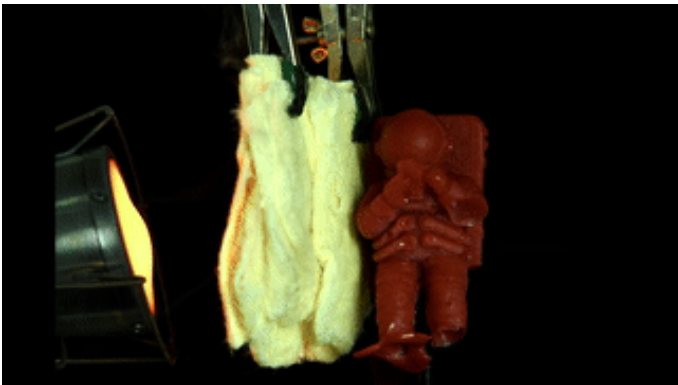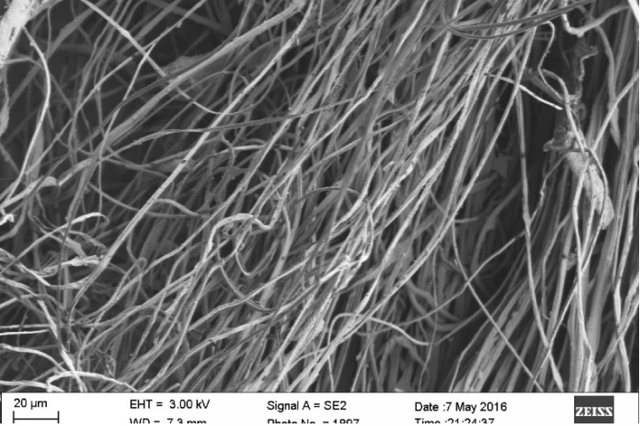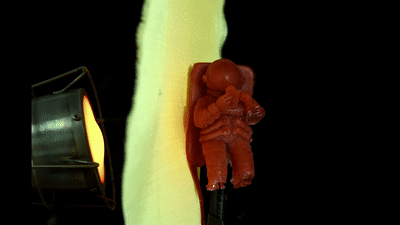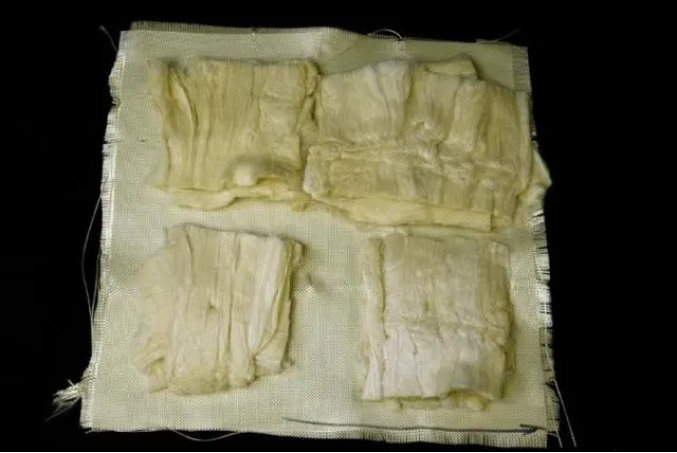Scientists have created high-strength nanofiber material with heat resistance 20 times better than Kevlar
QQ Academic Group: 1092348845
Detailed
According to foreign media reports, Kevlar and Twaron are well-known commercial aramid materials, but there is a trade-off between strength, heat resistance and weight. Now, researchers at Harvard University have created a new nanofiber material that has the same strength but is more insulated.
The protective properties of Kevlar and Twaron come from their molecular structure, and changing this structure will change their effective function. For mechanical strikes, such as bulletproof vests, the material exhibits a highly ordered structure, allowing it to redistribute the force. The insulation material has a more porous structure, which can minimize the heat passing through.

Normally, due to the basic properties of materials, it has been difficult to design equipment to protect limbs from extreme temperatures and deadly projectiles that accompany explosions. Materials that are strong enough to withstand ballistic threats cannot withstand extreme temperatures, and vice versa. As a result, most of today‘s protective equipment is composed of multiple layers of different materials, which makes the equipment cumbersome and heavy. If worn on the arms and legs, it will severely limit the soldier‘s ability to move. Now researchers are beginning to combine the two types of materials into one.

"Our goal is to design a multifunctional material that can protect people working in extreme environments, such as astronauts, firefighters, or soldiers." said Grant Gonzalez, the first author of the study. To this end, the researchers used a process called immersion rotary jet spinning (iRJS) to combine two types of molecular structures-highly ordered and porous-into one material. The basic principle of the process is: under the rotation of the centrifuge, the liquid polymer solution is forced to flow out through a small hole in the device to form a long polymer chain. The polymer then crashes into and solidifies in the liquid bath on the wall of the centrifuge, producing nanofibers.
Researchers can adjust the viscosity of the starting polymer liquid so that the resulting nanofibers have the desired characteristics. Finally, they were able to produce nanofiber sheets of a certain length and neatly arranged, with many pores between them. Next, they must test whether the nanofiber sheet is really protective against ballistic impact and heat insulation. In the projectile shooting test of the stacked sheets, the research team found that the new material is as durable as the ordinary Twaron woven material.

In the thermal test, the researchers found that the thermal insulation performance of the new material is about 20 times better than the commercial Twaron and Kevlar. With the current setup, the team can spin a sheet about 10 x 30 cm in size in about 10 minutes, but this may be improved if the production scale is expanded.

"Although there is still room for improvement, we have broken the boundaries of possible and started to develop into the field of this multifunctional material," Gonzalez said.
This information is from the Internet for academic exchanges. If there is any infringement, please contact us and delete it immediately
- Previous: Academician Cheng Huim
- Next: IF 19! Reprogram tumor


 Academic Frontier
Academic Frontier